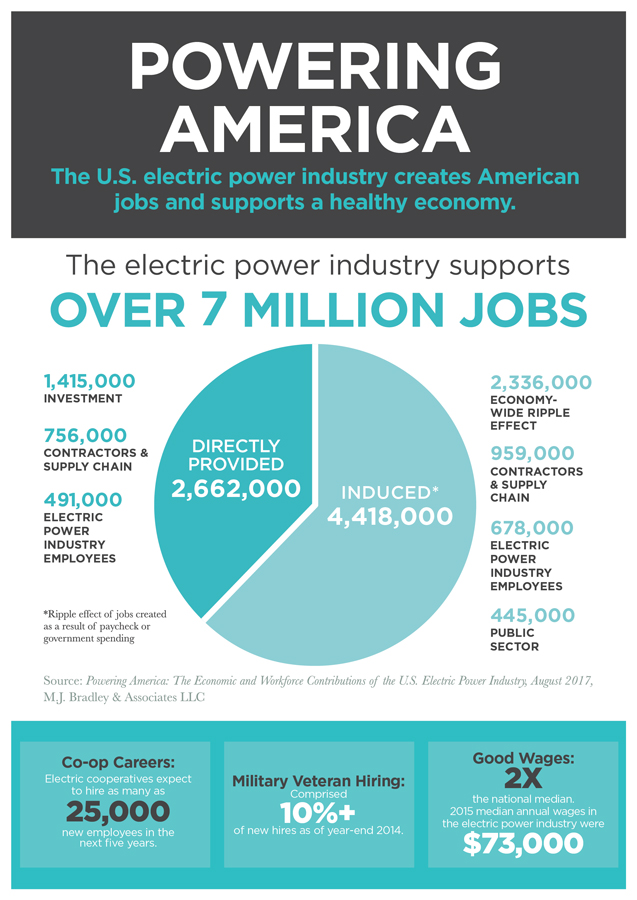 There was little to cheer about in the Rural Mainstreet Index report issued Sept. 21, as the index sank to 39.6 on a scale of 0 to 100. That’s down from 42.2 in August and the lowest it’s been since last December.
There was little to cheer about in the Rural Mainstreet Index report issued Sept. 21, as the index sank to 39.6 on a scale of 0 to 100. That’s down from 42.2 in August and the lowest it’s been since last December.
Farmland prices fell for the 46th consecutive month. And it’s now 49 months in a row that the agriculture equipment sales index has dropped below growth neutral.
The community bank presidents and CEOs in a 10-state region surveyed for the report remain pessimistic. The confidence index, reflecting economic expectations six months out, increased from 35.6 in August to 36.1 in September, which is still a weak number.
“Concerns about trade, drought conditions in portions of the region, and low agriculture commodity prices impaired bankers’ economic outlook for the month,” said Ernie Goss, an economics professor at Creighton University’s Heider College of Business, which produces the Rural Mainstreet Index.
“As a result of weak farm income, more than one-half, or 51.2 percent of bankers, reported restructuring farm loans, while approximately 18.6 percent indicated their bank had increased collateral requirements. Despite weak farm income, bank CEOs reported a low 2.1 percent increase in farm loan defaults and a 4.1 percent rise in farm loan delinquencies,” added Goss.
One bright spot: The employment gauge climbed to 55.9 from 51.1, as Rural Mainstreet businesses not linked to agriculture increased hiring for the month and at a faster pace than in August.
Michael W. Kahn is a staff writer for NRECA.









